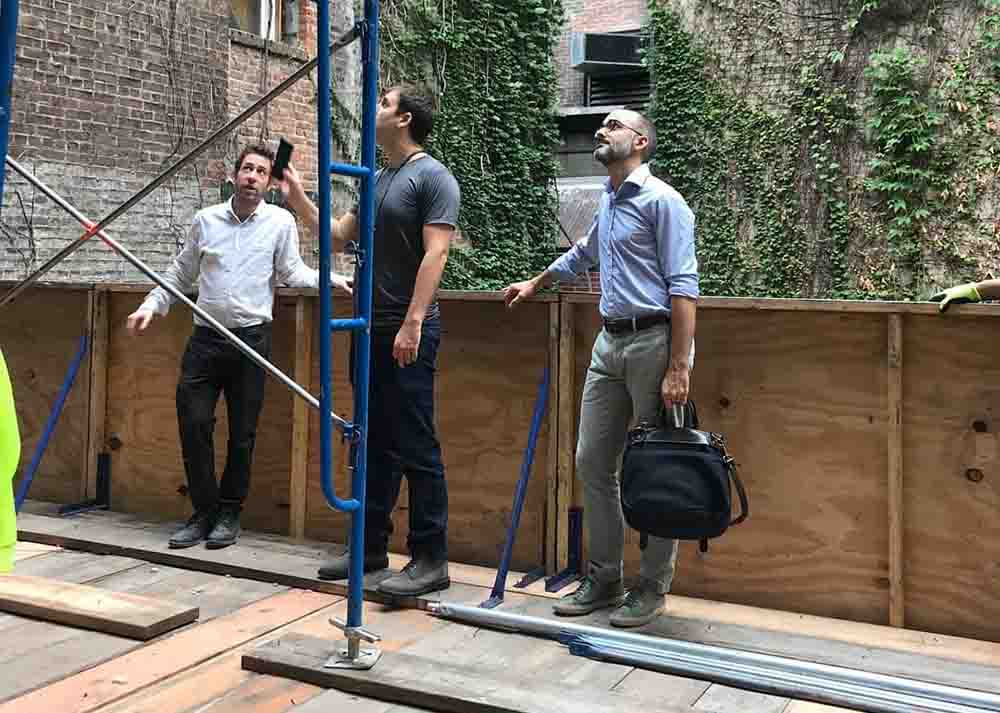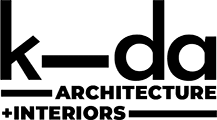
The 5 Phases Of Design
Seeing Things From Our Client’s Perspective
It is not unusual for somebody to only need an architect once or twice in their life, and many of our clients are working with an architect for the first time. We feel that communication is THE most critical aspect of our relationship with clients and so we work to make sure the people we work with fully understand the process. We can forget that our jargon and even the way we conceptualize how a project is designed, documented, and built is different from how an inexperienced client lives that same process.
David Kim, AIA, articulated this perfectly when he describes the 5 phases of design from the client’s point of view. Typically when Architects talk about the 5 phases of design, they are talking about:
- Programming
- Schematic Design (SD)
- Design Development (DD)
- Construction Documentation (CD)
- Construction Administration (CA)
Most often these phases blur into one another. Moreover, these phases are very particular to the duties and responsibilities of the architect and are not all that relevant to the client. Kim describes these five stages from the clients perspective as:
- Originate
- Focus
- Design
- Build
- Occupy
This is how Kim describes these Phases:
Phase 1: Originate
This first phase includes all of the discussions, thought, and exploration that leads to the moment when you realize you need to build something new. The phase ends with your decision to move forward with a project.
Phase 2: Focus
Here you define the project – its scope, features, purpose, and functionality. This is the time to select an architect and establish an owner-architect agreement. Together with your architect, you develop and refine a “vision” for the project. Your architect leads you through a “programming” exercise to help you explore the needs of those who will live, work or play in the space you create. You will identify the services you need from your architect, and the design team will begin to form a cohesive relationship and a shared concept for the final building.
Phase 3: Design
Once the requirements of the project are determined, the design phase begins. Your architect gives shape to your vision through drawings and written specifications. Your input into this phase is vital, as you get the first glimpses, and then a more defined look at how your building will take shape. It is important to establish a clear decision-making process with your architect during this phase. The design phase ends when you agree to the plans that will guide construction.
Phase 4: Build
The contractor who will construct your building becomes the most active member of the team during this phase. Investments are made in materials, and timetables are extremely important. Good communication within the project team is critical, as the need for changes often arises. This is typically the time of highest stress for the project owner. Your architect will discuss changes and options with you, and ensure that alterations are compatible with your vision for the project.
Phase 5: Occupy
This phase begins the day the project is up and running and never really ends. It’s where your satisfaction with the project is determined. If you are turning over the project to others who will ultimately use it, good communication during that process is important. Your architect can help ensure that the terms of your building contract were met, and can use the experience of this project to inform future work, should your team together again. For these reasons, it’s a good idea to maintain a relationship with your architect.
KDA is a client-centric firm. We are dedicated to making this process as fun, engaging, and transparent as we can. We work hard to see this process from our client’s perspective and can be valuable partners in every one of the five stages. We can help our clients originate the initial concepts of a project, and work with them to focus on their wants, needs, and capacity. We are a full-service design firm that can document the project and manage the construction. And we are also determined to maintain our relationships with our clients after the building is occupied.
To help our new clients understand the design process we developed this infographic that shows the architect’s phases, sub-phases, and duties and how they map onto the phases from the client’s perspective. Feel free to request your high-resolution copy of this handy project guide.




